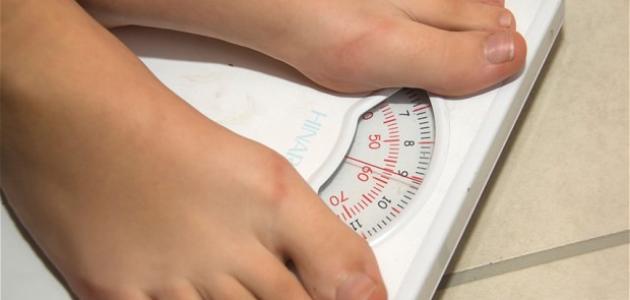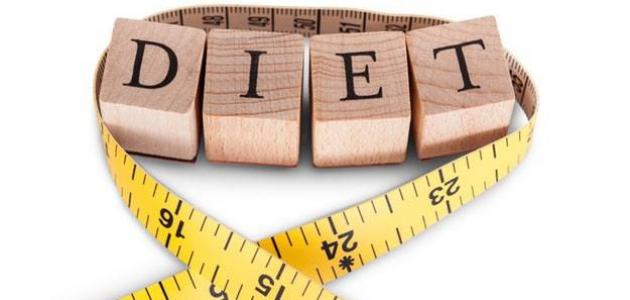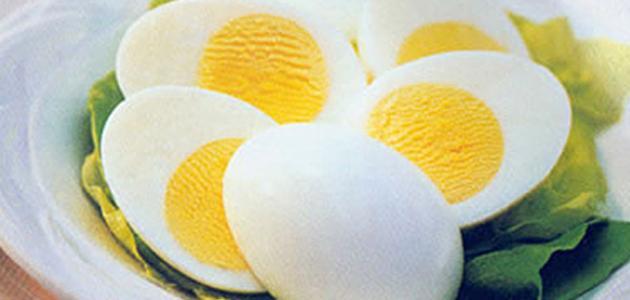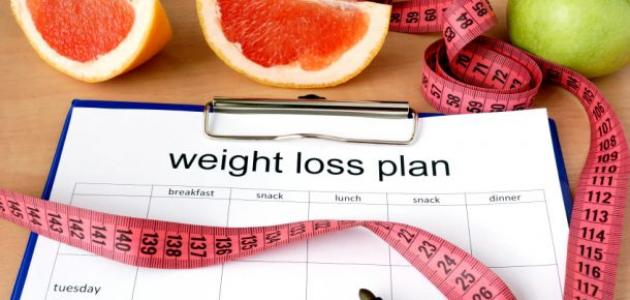Calories
A calorie is a unit of energy; Where it is used to express the energy contained in food and drinks, and the amount of what a person consumes during his daily activities and exercise, and unlike most people's view of calories, calories are necessary for human health by consuming the appropriate quantities for his body, and most weight loss diets are based on reducing the amount Calories consumed in addition to increasing physical activity in order to reach the desired weight.
It is worth noting that the body obtains calories by eating macronutrients, which are nutrients that the body breaks down to produce energy, and macronutrients include 3 nutrients, which are as follows:
- Proteins: One gram provides the body with four calories.
- carbohydrates: And one gram contains four calories as well.
- Fats: One gram of fat contains nine calories.
An individual's caloric needs
Individuals' daily caloric needs vary according to several factors. Such as gender, height, age, weight, health status, and physical activity, there are many methods that can calculate the required daily calories, including the Harris-Benedict equation:
- Men's basal metabolic rate = 66 + (13.7 x weight in kilograms) + (5 x height in centimeters) – (6.8 x age in years)
- The basal metabolic rate for women = 655 + (9.6 x weight in kilograms) + (1.8 x height in centimeters) – (4.7 x age in years)
Then, to find out the total calories, the output (basic metabolic rate) is multiplied by the physical activity coefficient, which is classified according to the person's activity, as follows:
Read also:What is the food pyramid diet- sedentary lifestyle (People who do office work, or do not do any exercise)
- Total calories = BMR x 1.2.
- Lightly active lifestyle: (People who do light exercise 1-3 times a week)
- Total calories = BMR x 1.375
- Moderately active lifestyle: (People who do moderate-intensity exercise 6-7 times a week)
- Total calories = BMR x 1.55
- Active lifestyle: (People who do high-intensity exercise twice a day, or who train to run marathons or other races)
- Total calories = BMR x 1.725
Diet and calories
Servings from the recommended food groups per day
Here are the food groups that any diet should contain:
| food groups | 1600 calories | 2000 calories |
|---|---|---|
| vegetables | Cuban | Two and a half cups |
| fruits | a cup and a half | Cuban |
| Grains and starches | 5 servings | 6 servings per day |
| Proteins | 5 ounces* | 5 XNUMX/XNUMX ounces* |
| Low-fat or fat-free dairy products | 3 Mugs | 3 Mugs |
- One ounce equals 28 grams
Read also:Benefits of flowers for diet
An example of what the diet looks like for a day
in general; It is possible to lose between 0.5 kilograms to one kilogram per week when reducing 500-1000 calories from total calories; which were calculated earlier in the article. It should be noted that there is no diet suitable for all people, and there may be a specific diet that is suitable for one person, but not suitable for another person, and therefore it is advised before starting a diet for weight loss to consult a nutritionist to build a realistic and healthy food plan, taking into account the person’s medical history , his lifestyle, his personal choices and preferences.
But here is an example of a one-day diet that a nutritionist can provide for someone who needs to consume 1800 calories:
| the meal | 1800 calorie meal plan |
|---|---|
| Breakfast |
|
| Snack | A piece of fruit |
| the lunch |
|
| Snack |
|
| Isha |
|
| Snack | A piece of fruit |
Tips to help lose weight
There are many things that can be followed to help lose weight, and here are some tips that may contribute to that:
Read also:Weight stability treatment with dieting- Increase your protein intake: Protein needs energy to be broken down by the body.[ A study published in The American Journal of Clinical Nutrition indicated that people who allocated between 15% and 30% of their daily calories to protein increased their feelings of satiety and decreased their calorie intake by 441 calories.
- Minimize or avoid carbonated drinks, fruit juices and sugars: This includes any drink that contains added sugar, and these products are among the most common causes of weight gain in the current era, because the brain does not recognize the calories coming from liquids in the same way it recognizes the calories coming from solid foods, so when you drink a soft drink that contains Added sugar will not compensate the brain by reducing the amount of food intake, which may increase the amount of calories eaten, and lead to weight gain.
- Drink more water: Drinking water is one of the most important and simple ways to lose weight. A study published in Obesity in 2010 indicated that following a low-calorie diet and drinking half a liter of water half an hour before each meal contributed to a 44% increase in weight loss.
- Doing exercise: Most people seek to lose weight, but what is correct is to seek to lose body fat, and it is important to exercise to lose fat. If you follow a diet without exercising, the body will lose muscle mass in addition to fat, and experts point out that when people try to lose weight; a quarter of the weight that the body loses is due to the loss of muscle mass, and it should be noted that the muscles have a metabolic activity; That is, it increases metabolism and burning rates in the body, and therefore it is important to maintain muscle mass during the weight loss process. It is worth noting that lifting weights is one of the most important exercises that can reduce muscle loss during weight loss, and aerobic exercises can also be done. such as jogging, walking, or swimming.
- Getting enough sleep and reducing stress: It is important to get enough sleep to lose weight. Where it is noted that people who sleep for 6-8 hours a day are more likely to achieve their goal of losing weight than those who sleep for a shorter or longer period than that, and it was noted that reducing stress was associated with better weight loss.
Common questions about dieting and calories
Does a low-calorie diet lead to weight loss?
People who are trying to lose weight may seek to reduce calories significantly, but it should be noted that reducing calories a lot may be harmful to health, and lead to several health problems, including weak bones and reduced fertility, and this also leads to lower blood levels. Metabolism in the body, and the loss of muscle mass, and therefore the very low-calorie diet is not suitable for all people, and you should talk to a doctor or nutritionist before starting it to make sure that it is suitable for the person’s condition.
How many calories should you eat for breakfast
The number of calories that should be eaten for breakfast can be calculated by distributing the total daily calories to the number of meals for the day. For example, many women who are trying to lose weight consume approximately 1200-1400 calories per day, while men consume 1600-1800 calories. The number of calories a person needs for breakfast can be calculated by dividing the number of calories into the three main meals, and it can also be divided into 3 main meals and two snacks.[
It can be said that women, for example, can consume 300-400 calories during one main meal, in addition to two snacks, each containing 100 calories, while men can consume 400-500 calories during one main meal, and 150 calories during a snack. the one.









